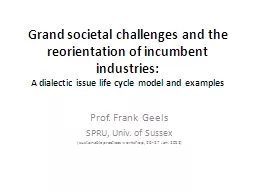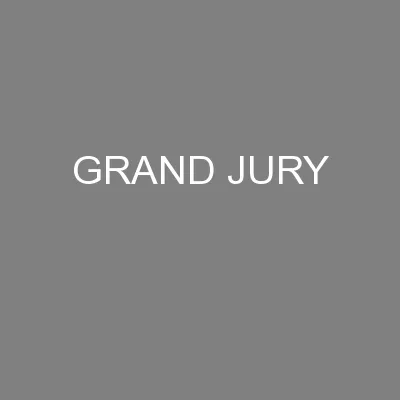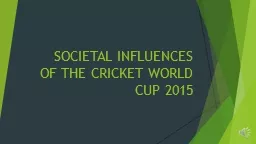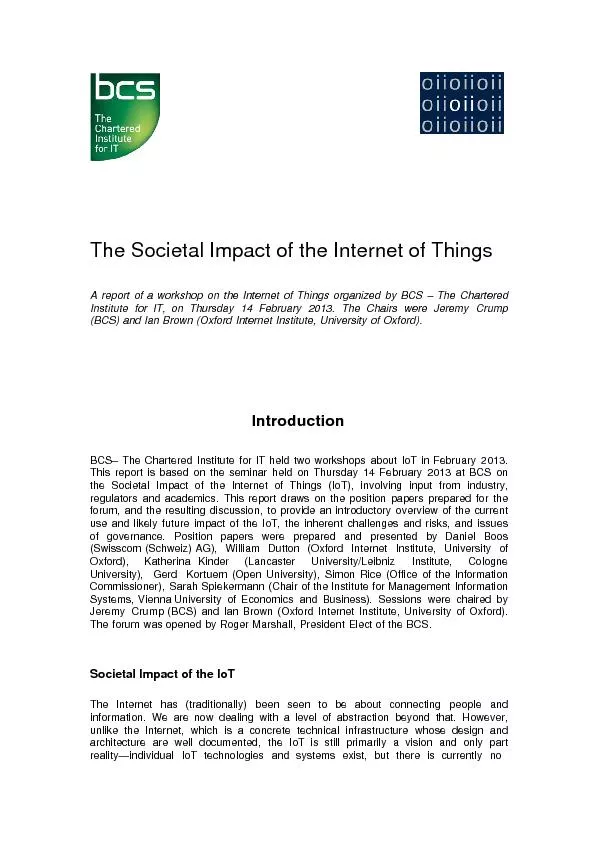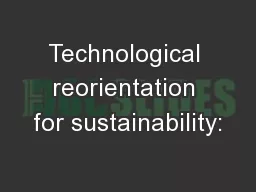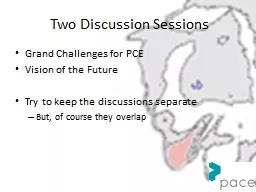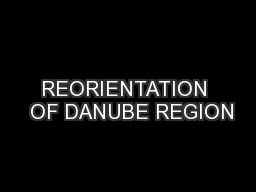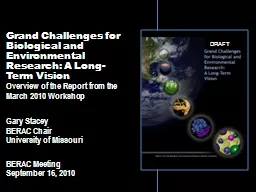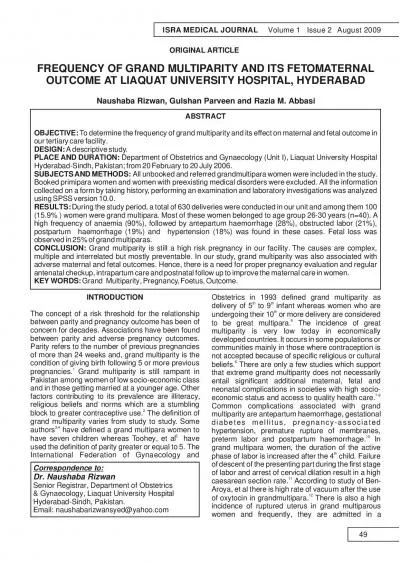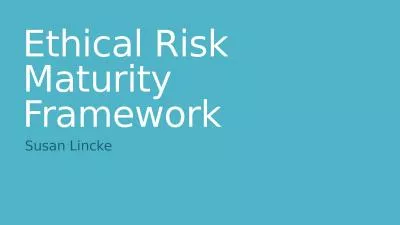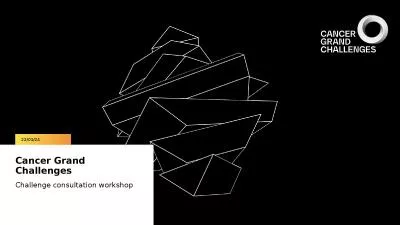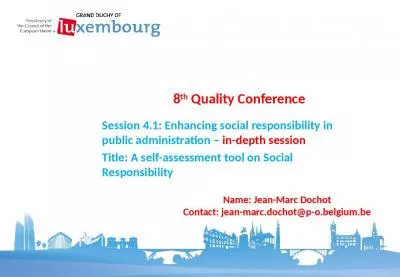PPT-Grand societal challenges and the reorientation of incumben
Author : liane-varnes | Published Date : 2016-03-21
A dialectic issue life cycle model and examples Prof Frank Geels SPRU Univ of Sussex sustainable practices workshop 2627 Jan 2012 Structure Introductionmotivation
Presentation Embed Code
Download Presentation
Download Presentation The PPT/PDF document "Grand societal challenges and the reorie..." is the property of its rightful owner. Permission is granted to download and print the materials on this website for personal, non-commercial use only, and to display it on your personal computer provided you do not modify the materials and that you retain all copyright notices contained in the materials. By downloading content from our website, you accept the terms of this agreement.
Grand societal challenges and the reorientation of incumben: Transcript
Download Rules Of Document
"Grand societal challenges and the reorientation of incumben"The content belongs to its owner. You may download and print it for personal use, without modification, and keep all copyright notices. By downloading, you agree to these terms.
Related Documents

